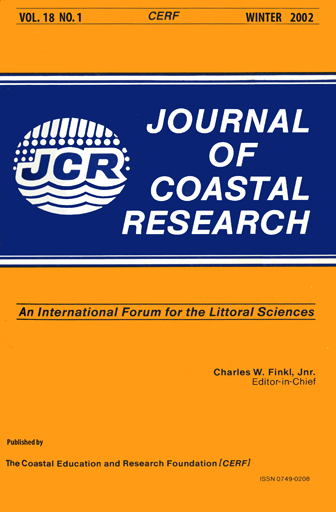Morphology, Stratigraphy and Origin of Last Interglacial Beach Ridges at Bream Bay, New Zealand
Keywords:
Relative sea-level, ground penetrating radar, thermoluminescenceAbstract
This paper presents results of a morphological, sedimentological, and stratigraphical study of relict beach ridges formed on a prograded coastal barrier in Bream Bay, North Island New Zealand. Bream Bay is situated on a low mesotidal coast, influenced by low to moderate and refracted wave energy. Sediment supply for coastal progradation is dominated by marine deposits of reworked volcaniclastic sediment. The type section for beach ridge stratigraphy is exposed at One Tree Point where surveys of the contact between beach and foredune deposits (+4-5 m), and thermoluminescence dating indicate deposition of the beach ridges during the Last Interglacial sea-level highstand (isotope sub-stage 5e to 5a). Outcrop mapping, supplemented with ground penetrating radar data suggest that swash processes are important in the formation of these particular beach ridges. A model for the development and preservation of the One Tree Point beach-ridge system is presented with a focus on the role of relative sea level.


